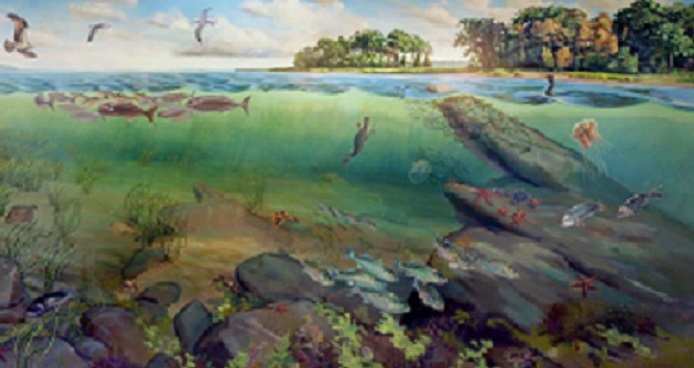HEALTHY RESOURCES FOR A HEALTHY BAY
The health of the living resources of Narragansett Bay and our coastal waters are an important indicator of the overall health of the Bay. Estuaries, where salt and freshwater meet and mix, are breeding areas for fish, shellfish and birds, and a source of food and nutrients for species that range up and down the coast.

Our work on habitat restoration, water quality and nutrient pollution is helping to create a better Bay for fish, shellfish and marine mammals, as evidenced by our large wintering seal population and healthy population of menhaden, striped bass and bluefish.
Species in the Bay are changing. Global climate change is having an impact on the Bay and its inhabitants. Over the past 50 years, the average temperature of the Bay has risen three degrees Fahrenheit. This is causing a change in the Bay that affects the entire food chain, starting with plankton. Partly because of changes in plankton biomass, the balance of species is changing from those living on or near the bottom, such as winter flounder to those that live higher in the water column, such as striped bass and scup.
The population of some species, such as lobster, are in decline while others, such as the blue crab, are increasing. Invasive species of marine life are threatening our coastal waters. Several of these species are listed here on the Rhode Island Marine and Estuarine Invasive Species site.
Save The Bay advocates for sound science and policy that helps us understand the changes we see and to create a resilient ecosystem that can continue to support our important fish and wildlife populations. Save The Bay’s Uncommon Guide to Common Life of Narragansett Bay and Rhode Island Coastal Waters provides illustrations, photographs and information about life in, on and around the Bay.





